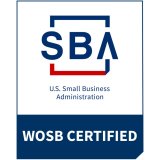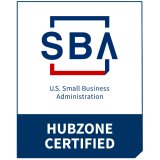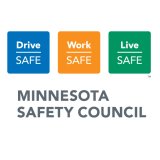Risk of Overprotection
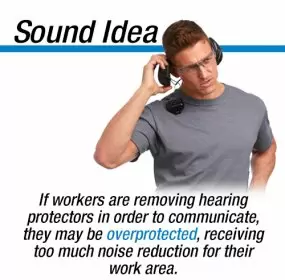 Despite best intentions, it's possible that your current hearing protectors are providing too much protection. When it comes to noise, not all environments are the same. New technologies for hearing protection devices (HPDs) are providing employers with more noise reduction options than ever before.
Despite best intentions, it's possible that your current hearing protectors are providing too much protection. When it comes to noise, not all environments are the same. New technologies for hearing protection devices (HPDs) are providing employers with more noise reduction options than ever before.
What is Overprotection?
Many companies mistakenly choose hearing protectors for their entire company based on one feature alone: The Noise Reduction Rating (NRR). Historically, conventional wisdom dictated that the more protection, the better, regardless of each employee's noise exposure, preference, and work requirements. It's long been known that too much noise exposure can cause permanent hearing loss. But now there is growing concern that too much noise attenuation (reduction) can be problematic, too.
According to OSHA, 80-90% of workplace noise exposures in general industry are under 95 dBA TWA. For these moderate noise environments, employees typically only need 10-15 dB of actual noise reduction to protect hearing. Overprotection occurs when a hearing protector reduces sounds to such low levels that it's difficult for the wearer to understand conversations and/or hear important sounds around them. An inability to communicate or detect warning signals can keep workers from performing their jobs safely and efficiently. Miscommunications or missed cues at best can lead to production errors and inefficiencies – at worst, accidents and injuries.
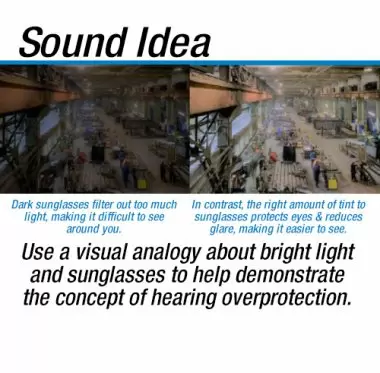 In the US, there is no formal recommendation for overprotection, but the National Institute for Occupational Safety and Health (NIOSH), has addressed the concern in various case studies and reports. In a 2005 hearing protector study, NIOSH stated: "Overprotection is a condition in which the worker receives more attenuation than necessary, and the worker's exposure is reduced to less than 70 dBA. Overprotection results in the reduction in verbal communication with other workers, the potential to miss safety signals, and reduced acoustic feedback from their machine or work process. Overprotected workers report being 'out of touch' with their environment or feeling isolated." The British Standards Institute and European Union jurisdictions recommend the ideal level of protection to be 70-80 dBA, while Canada promotes an ideal protected range of 75-80 dBA.
In the US, there is no formal recommendation for overprotection, but the National Institute for Occupational Safety and Health (NIOSH), has addressed the concern in various case studies and reports. In a 2005 hearing protector study, NIOSH stated: "Overprotection is a condition in which the worker receives more attenuation than necessary, and the worker's exposure is reduced to less than 70 dBA. Overprotection results in the reduction in verbal communication with other workers, the potential to miss safety signals, and reduced acoustic feedback from their machine or work process. Overprotected workers report being 'out of touch' with their environment or feeling isolated." The British Standards Institute and European Union jurisdictions recommend the ideal level of protection to be 70-80 dBA, while Canada promotes an ideal protected range of 75-80 dBA.
Identifying Overprotection in Your Workplace
In 2008, after a review of research and emerging trends/technologies, the Alliance of NIOSH, OSHA, and NHCA identified Individual Fit Testing as a recommended best practice for hearing conservation programs. Individual fit testing of hearing protectors is similar in concept to fit testing for respirators. Preferred methods produce a single number overall estimate of real-world attenuation, a Personal Attenuation Rating (PAR). NIOSH adopted this approach as policy in a 2025 Science Policy Update.
Conducting individual fit testing for your workers will help you better determine the actual amount of protection the employee is receiving with his/her HPD. And the results may be surprising. In a recent study of moderate noise exposures, 84% of workers were found to be using hearing protectors that provided too much noise reduction. Individuals were observed "self-adjusting" foam earplugs to create a poor fit (i.e. lower noise reduction) or worse, removing hearing protectors altogether in order to feel safer and in touch with their surroundings (Sayler et al. 2019).
Factors that Intensify Overprotection
Traditional HPDs Can Change Sound Quality. Comprehending speech in the presence of loud background noise and detecting subtle changes in the sound quality of machines or processes can be a challenge. Add a traditional hearing protector in the mix, and that challenge just got more difficult. As a general rule, most HPDs block out more high frequency (pitch) sounds than low frequencies. Workers wearing a traditional earplug or earmuff often say sounds are "boomy" or "bassy" because the treble is cut more than the bass. In addition, speech is "muffled" because the vowels (low frequency) come through more clearly than many consonants (high frequency). Often listeners misinterpret consonant sounds or the brain tries to "fill in the blanks," sometimes arriving at inaccurate interpretations. Resulting miscommunications day to day can range from humorous to frustrating or even dangerous.
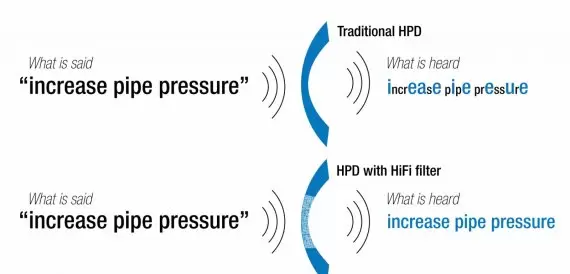
Existing Hearing Loss. For a worker with high frequency hearing impairment, a common occurrence, wearing hearing protectors can exacerbate the high frequency deficit. Speech intelligibility is reduced even further. A common complaint for people with hearing loss is "I can hear you talking, I just can't understand what you're saying." Overprotection can place a hearing-impaired worker, and those around him or her, at greater risk of miscommunications.
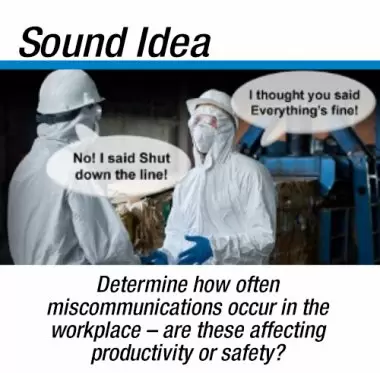
Solutions to Reduce the Impact of Overprotection
 Know your noise levels and determine an appropriate amount of protection. An employee who moves in and out of noise frequently throughout a day may have very different hearing protection needs than a worker exposed to a consistent amount of noise throughout the shift. It may be advantageous to consider adjustable hearing protectors that provide maximum protection when in high noise but easily convert to less hearing protection for low noise areas – enhancing the ability to understand speech. Using tools such as CavCom‘s NRR calculator can help you determine a variety of protectors that provide sufficient protection for your moderate noise areas.
Know your noise levels and determine an appropriate amount of protection. An employee who moves in and out of noise frequently throughout a day may have very different hearing protection needs than a worker exposed to a consistent amount of noise throughout the shift. It may be advantageous to consider adjustable hearing protectors that provide maximum protection when in high noise but easily convert to less hearing protection for low noise areas – enhancing the ability to understand speech. Using tools such as CavCom‘s NRR calculator can help you determine a variety of protectors that provide sufficient protection for your moderate noise areas.
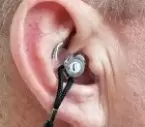
Enhance face-to-face communication with high fidelity hearing protectors. Consider providing a new technology generally referred to as uniform (or "flat") attenuation hearing protectors. Uniform attenuation means the HPD is specially designed to reduce sounds evenly across a broad frequency range. Combined with a moderate amount of noise reduction, this HPD preserves the frequency balance of sound. The result is that reduced sounds have roughly the same quality as the original sounds, only quieter. Since the attenuation (reduction) of sound is less at low frequencies than high frequencies, the result of wearing a high-fidelity uniform attenuation earplug or earmuff is that incoming sound is less distorted. When it comes to speech, high frequency consonants are attenuated less, reducing the chance for mumbled or muffled speech. And although these protectors are not hearing aids, by their design they typically improve communication capabilities for all, including those with hearing loss. Studies such as those by Giguere and Berger (2014, 2016) support these benefits for understanding speech.
Example: Compare high fidelity performance with traditional hearing protectors and older design vent/tube filters (both hearing protectors have an overall NRR of 19)
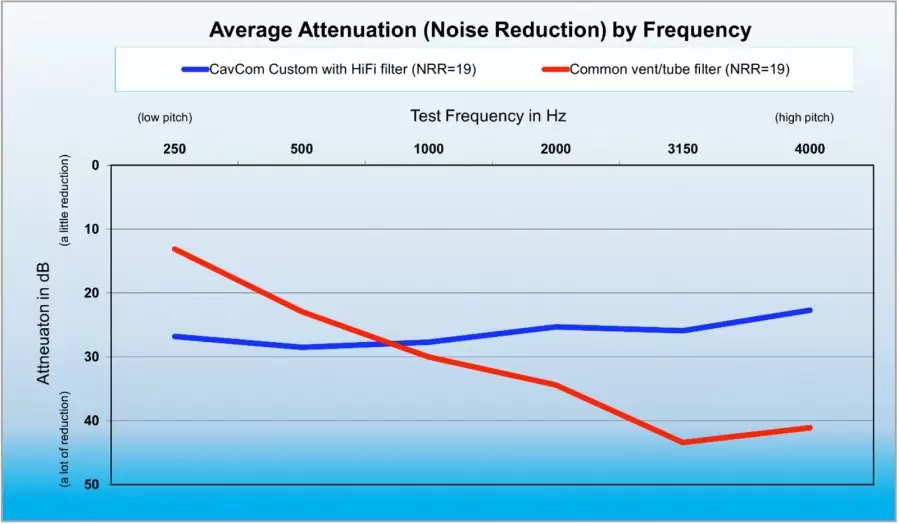
|
The older style tube filter (plotted in red) provides an uneven amount of protection – very little reduction at low frequencies (pitches) and a great deal of reduction at high frequencies. This results in significant distortions, perceived as mumbled speech or a "boomy" quality to sounds. |
In contrast, the CavCom filtered hearing protector (plotted in blue) provides a fairly even/uniform amount of reduction throughout the frequency range. This preserves the integrity of the original speech signal or other environmental sounds outside the ear. Listeners report "crispness" of sounds and improved speech intelligibility. |
Verify with Individual Fit Testing. As we’ve demonstrated, your goal of balancing enough protection to guard against hearing loss, but not so much protection that the worker can’t hear important sounds in the environment, is not necessarily an easy task. So, remember that Individual Fit Testing is best practice for understanding the hearing protection attenuation for an individual worker using his/her own hearing protector as typically worn. And the best sign of success – workers are wearing their hearing protection correctly and consistently whenever they are exposed to noise.
Contact CavCom to learn more about our high fidelity filtered hearing protectors, individual fit testing, and other communication solutions for your hearing conservation program.
Resources/References:
- NIOSH (2025). NIOSH science policy update: individual fit-testing recommendation for hearing protection devices. Cincinnati, OH: U.S. Centers for Disease Control and Prevention, National Institute for Occupational Safety and Health, DHHS (NIOSH), Publication No. 2025-104, DOI: https://doi.org/10.26616/NIOSHPUB2025104.
- British Standards Institute (2016). Hearing protectors: recommendations for selection, use, care and maintenance. European harmonized standard BS EN 458.
- Canadian Standards Association (2019). CSA Z94.2-14 (R2019), Hearing Protection Devices - Performance, Selection, Care, And Use.
- Giguere, C and Berger, E (2014). Exploration of flat hearing protector attenuation and sound detection in noise. 168th Meeting of the Acoustical Society of America, The Journal of the Acoustical Society of America. 136(4):2165-2166.
- Giguere, C and Berger, E (2016). Speech recognition in noise under hearing protection: A computational study of the combined effects of hearing loss and hearing protector attenuation, International Journal of Audiology. 55(sup1): S30-S40.
- Individual Fit Testing for Hearing Protectors, CavCom SoundBytes.
- NIOSH (2005). Advanced Hearing Protector Study: General Motors Metal Fabricating Division – Flint, MI, 312-11a.
- The Noise Reduction Rating (NRR), CavCom SoundBytes.
- OSHA. Occupational Safety and Health Administration Technical Manual. Section III, Chapter 5, Noise.
- Sayler, S, Rabinowitz, P, et al. (2019). Hearing protector attenuation and noise exposure among metal manufacturing workers, Ear and Hearing. May-Jun 2019; 40(3): 680-689.
- Special Considerations for Workers with Hearing Loss, CavCom SoundBytes.
Noise measurement app photo credit: NIOSH/cdc.com
| Category: | Hearing Protection |




